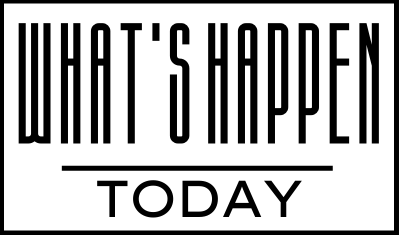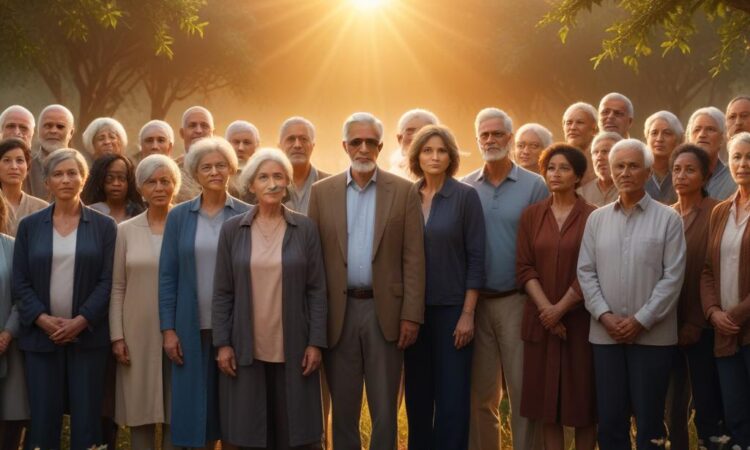The Drug Crisis: Let’s Talk Solutions
Okay, so we all know things are pretty rough out there when it comes to drug addiction. Overdoses are spiking, and it’s a huge problem affecting tons of people – families, communities, the whole shebang. The World Health Organization (WHO) and the Centers for Disease Control and Prevention (CDC) are both shouting from the rooftops about it, and rightly so. It’s a serious issue that needs serious attention.
But let’s ditch the overly formal language for a minute. This isn’t a dry academic paper; it’s a conversation. We’re all in this together, trying to figure out how to make things better.
So, what are we talking about when we say “solutions”? It’s not just one thing. It’s a whole bunch of different approaches that need to work together.
Harm Reduction: A Realistic Approach
One big piece of the puzzle is something called “harm reduction.” This isn’t about condoning drug use – it’s about recognizing that people are using drugs, and trying to make it less dangerous. Think needle exchange programs – providing clean needles to prevent the spread of diseases like HIV and Hepatitis C. It’s about saving lives, plain and simple. Some people might disagree, but saving lives should be a priority.
Another aspect of harm reduction involves providing safe spaces for people to use drugs under supervision. Think supervised injection sites. Controversial, maybe, but they’ve been proven to reduce overdose deaths and connect people with treatment. It’s about giving people a chance, even when things seem bleak.
It’s about recognizing that addiction isn’t a moral failing. It’s a complex health issue, often driven by factors like poverty, trauma, and mental health issues. Throwing people in jail isn’t going to fix it. We need compassionate and effective responses.
Access to Treatment: The Key to Long-Term Recovery
Okay, so harm reduction helps keep people alive, but the ultimate goal is getting people into treatment. And that’s where things get tricky. Access to quality treatment is often limited, expensive, or just plain unavailable in many places. This is unacceptable. We need more resources, more funding, and more accessible programs that cater to different needs.
Treatment isn’t a one-size-fits-all thing. Some people need medication-assisted treatment (MAT), which uses medications like methadone or buprenorphine to help manage withdrawal symptoms and cravings. Others might benefit from therapy, counseling, or a combination of approaches. The key is finding what works for the individual.
And let’s not forget the role of family and community support. Recovery is hard, and having a strong support system makes a huge difference. We need to create communities that are understanding and supportive, not judgmental and isolating.
Prevention: Starting Young and Staying Aware
Finally, we need to talk about prevention. Catching problems early is way easier than dealing with the consequences later. Education is crucial, particularly for young people. We need age-appropriate education about the risks associated with drug use, and we need to address the underlying factors that contribute to addiction.
Open and honest conversations are key. We need to be able to talk openly about substance abuse without shame or stigma. Breaking down those barriers is essential to creating a supportive environment for prevention and treatment.
This is a complex issue, and there’s no magic bullet. But by combining harm reduction strategies, increasing access to treatment, and focusing on prevention, we can start to make a real difference. It’s going to take time, effort, and a willingness to work together, but it’s absolutely worth it. Let’s keep talking, keep working, and keep fighting for a healthier future for everyone.

